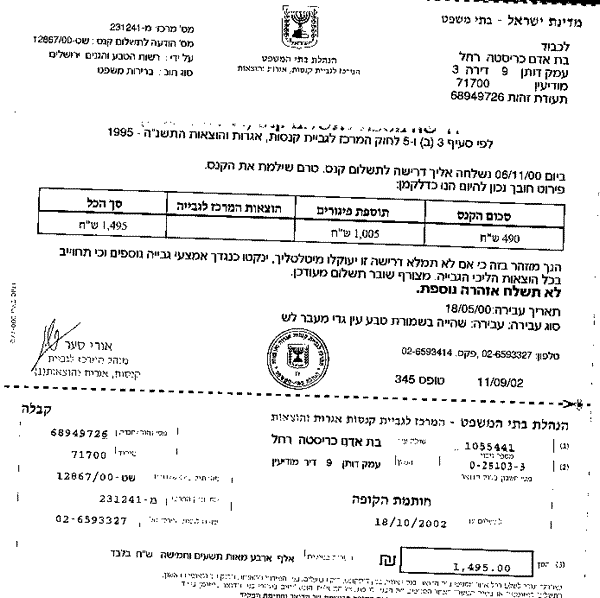|
|
Water
in the Wilderness - A Sign of Redemption
Water in my pre-desert and post-desert Life (1) Water in the Wilderness (2) Experiences on the NEGEV HEIGHTS 1990-96 The 1995 Proposal "Water in the Desert" as a living gravestone for the Prime Minister Yitzhak Rabin, murdered by a Jew, because he wanted to bring peace to Israel Water in the Wilderness (3) Along the Syrian-African Rift: RED SEA - SINAI 1996 Water in the Wilderness (4) Along the Syrian-African Rift: RED SEA-EILAT/AQABA 1996-98 Water in the Wilderness(5) Along the Syrian-African Rift: SALT SEA - DRAGOTWADI 1998-99 Water in the Wilderness(6) Along the Syrian-African Rift: SALT SEA - EIN-GEDI 1999 Water in the Wilderness April 1999-April 2003 (7) Along the Syrian-African Rift: SALT SEA - between Israel&Ismael |
This
is the first Israeli song/dance I learnt in 1958 The
translucent thread |
Not Completed!
There are always angels-on-duty standing on the edge
of my abysses. During those two days Yuval - "by chance"
- called Tamir, During the 7 months to follow we experienced both After 7 months we all had to part geographically,
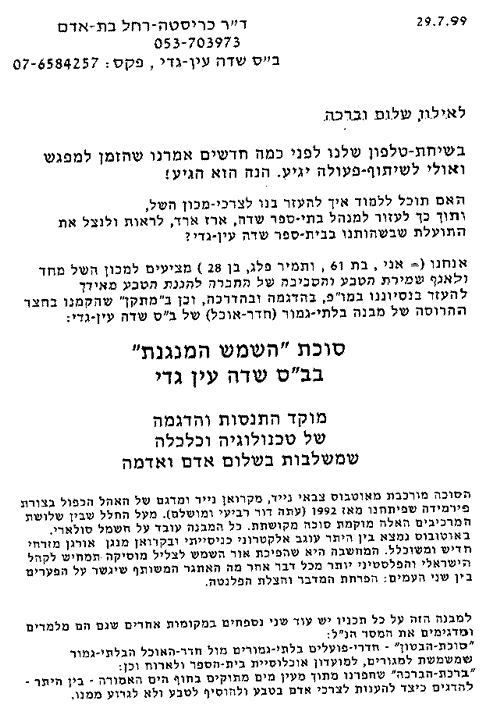
Busstation of Ein-Gedi Fieldschool, View to the Mountains and to the Salt Sea Left: I'm next to Tamir, "my peer". Right: I'm next to Gabriela, my friend
|
2013
August 26, 2013 - inserted here, because "Watsu" is mentioned above.
My game of grabbing a book from the shelf around my
bed every morning
led me to "WATSU - Freeing the Body in Water" by Harold Dull,
and there - by blindly opening - I was led to a passage,
which includes an important message,
even if I almost never had the chance to "watsu" someone
(except on July 4, 2012 - when I watsued Ya'acov,
on a day which became the day of our separating from each other) .
p.114
* Occasionally clients exhibit inappropriate physical, verbal or sexual behavior.
The practitioner needs to be clear about his/her own boundaries
and be comfortable enough to gently redirect the client.
* A simple change in positioning is usually adequate.
* If a more direct appproach is needed,
start by owning your own feelings
rather than rebuffing the client.
"I am uncomfortable with~~~" "It would be better for me if~~~"
* If the client is unable to change his/her behavior
either for neurological reasons
or because of past experiences,
you may need to select a different treatment approach.
Again, this is not a judgment against the client,
but simply a decision to choose the most effective treatment approach.
[ see, how
much in these days I'm engaged in exploring "judging"!]
September 6, 2013, Rosh Hashanah
I opened this page, searching for the slightest trace
of one of the experiences in that summer of 1999,
the circle of eleven (?) , which gathered around me and Tamir,
and among them Ushi (?), who made the wondrous patchwork cloth for my birthday
on Aug. 15.
I now encountered this patchwork
twice within 2 days and I want to thank you again, Ushi,
though later you, as all people who are attracted like butterflies to the
fire, became disappointed in me!
[Other partners in the "circle' Erez, to whom a
song is dedicated, which I rehearsed just yesterday,
and mainly Haggai
Lev and of course, Yuval-David
and Paz, bound together for life by Me...]
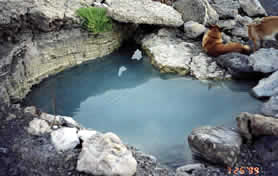
-paradise.jpg)
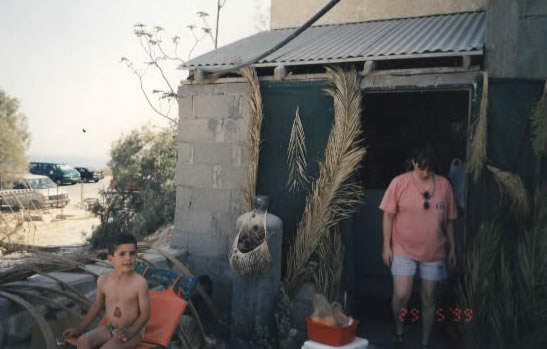
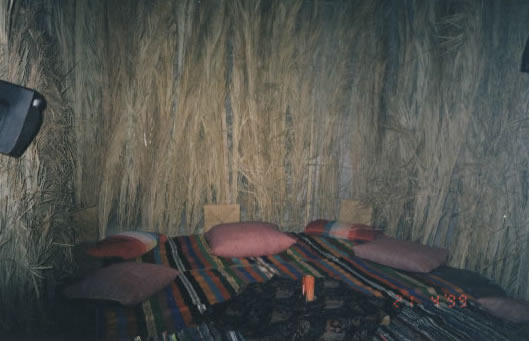
-succat-beton1.jpg)
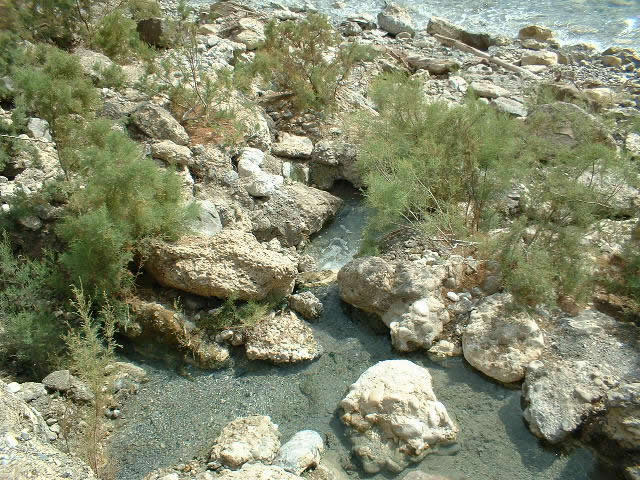
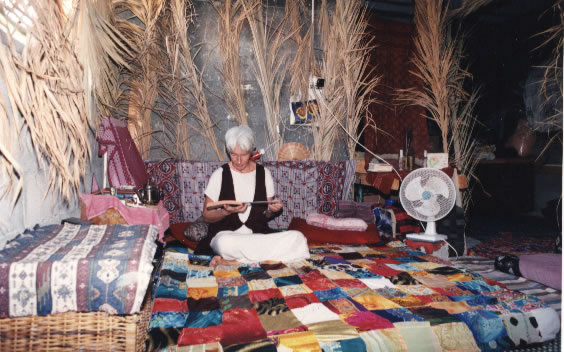
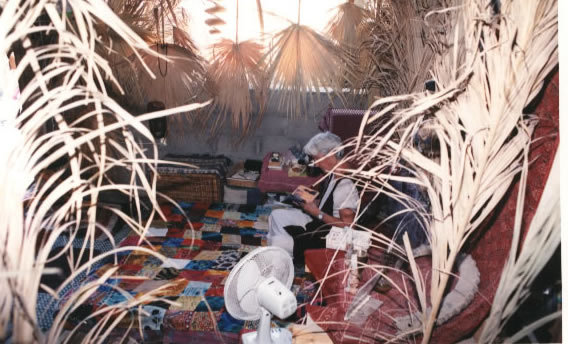
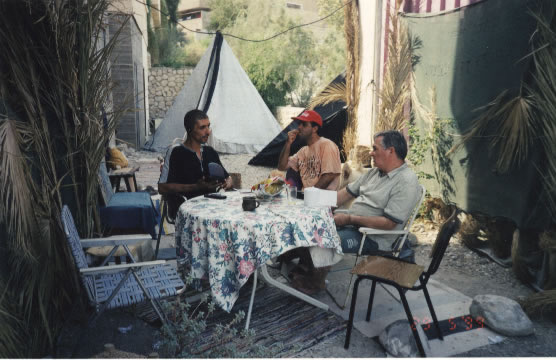
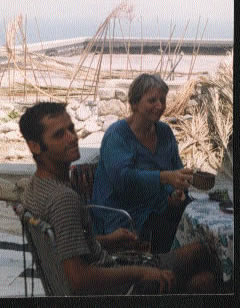
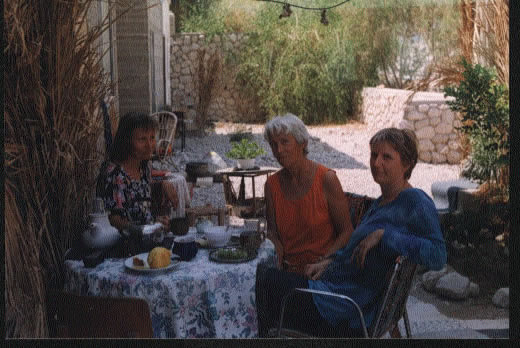
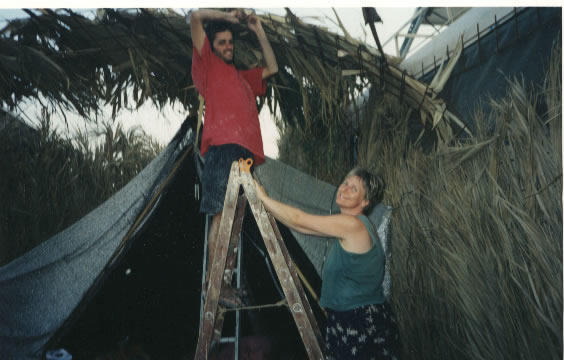
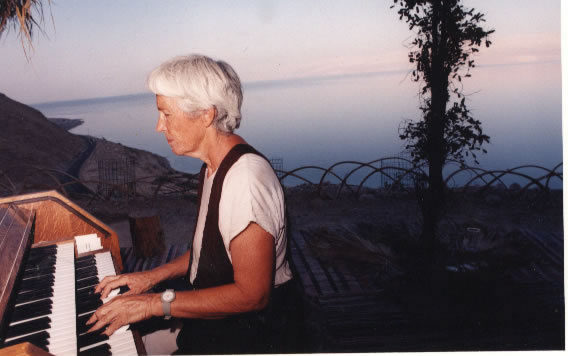
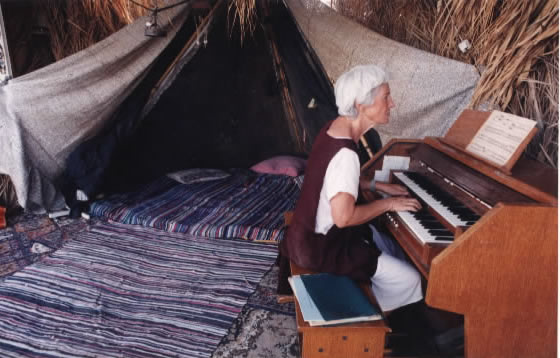
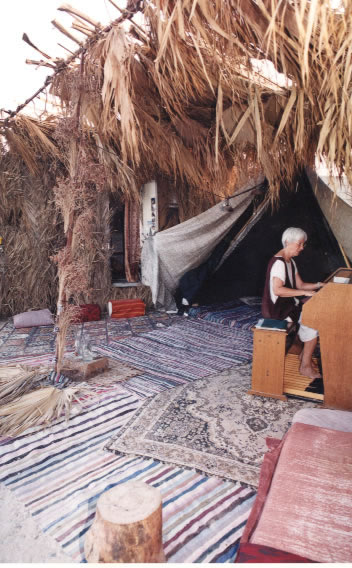
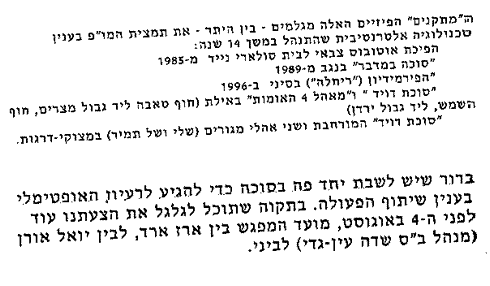
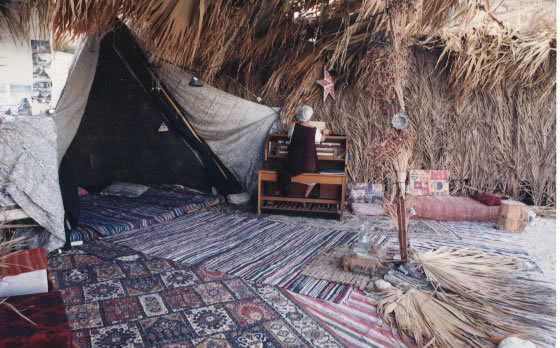
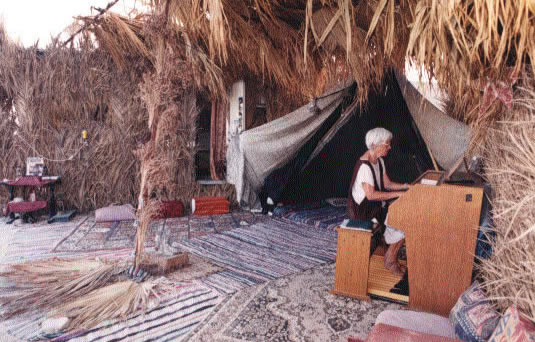
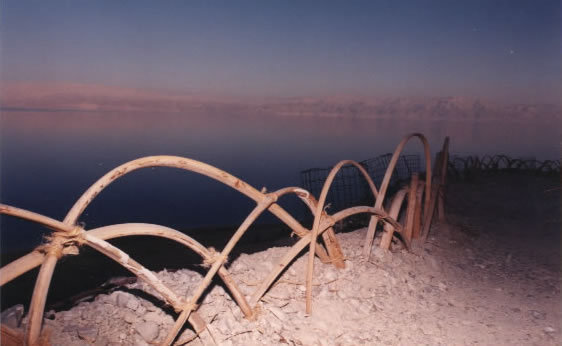
Indians%201999.jpg)
Indians1999-2.jpg)
